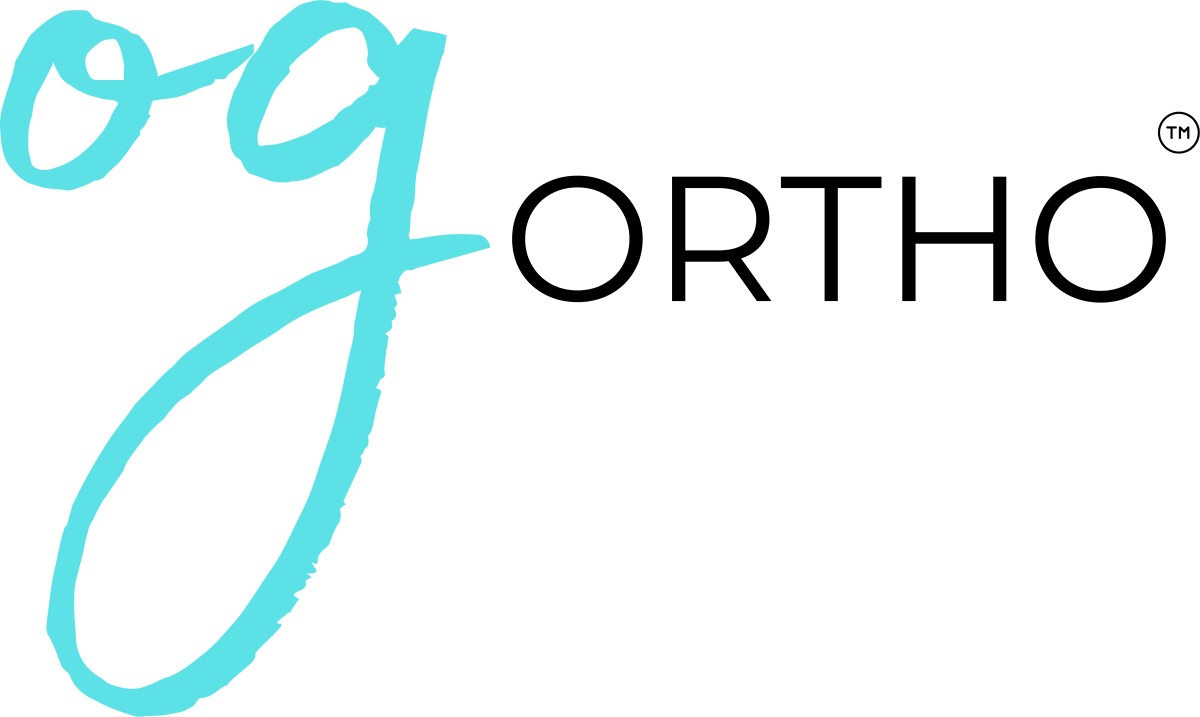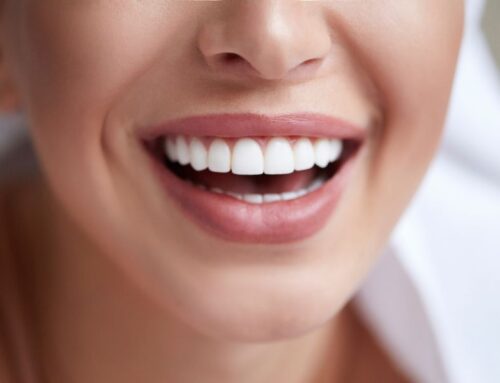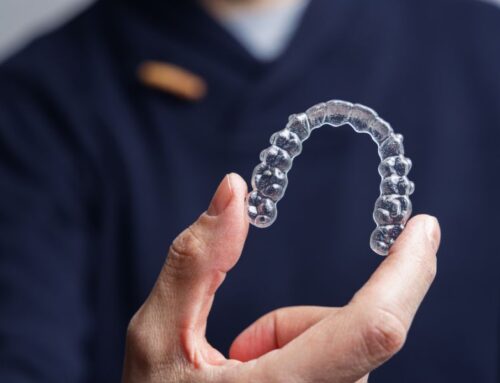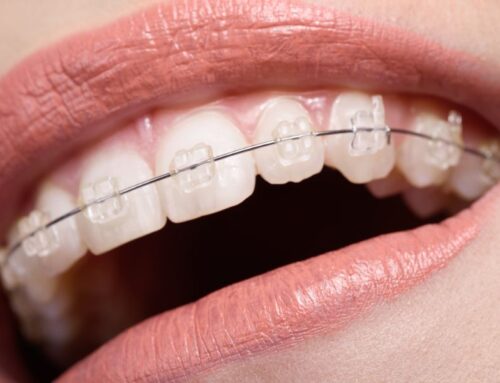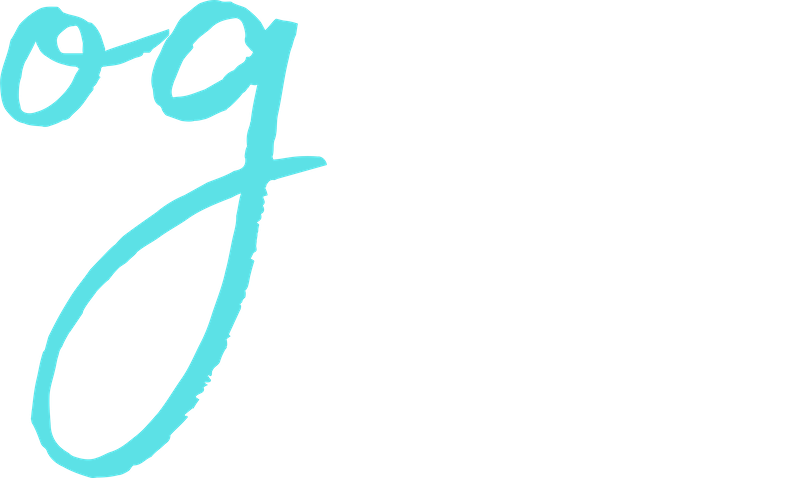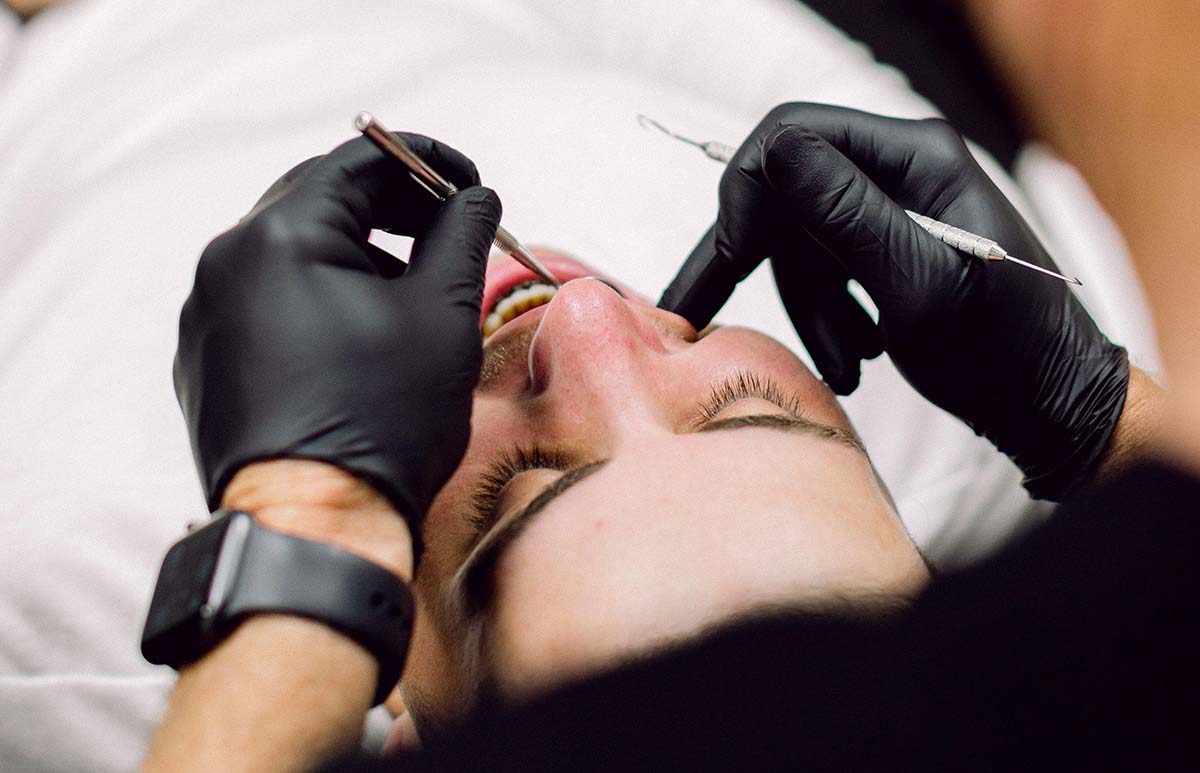
Your child is in braces. At the end of an appointment, the orthodontic assistant updates you on your child’s treatment and says, “She had a broken bracket, so we recemented it. She needs to come back in 6 weeks for an adjustment.” Those metal things on her teeth with wires and elastics are straightening things out, but what exactly is a bracket and what is an adjustment?
Here is a list of common orthodontic terminology that can help you understand what is happening with your child’s orthodontic treatment.
Adjustment: Regular follow-up visit for orthodontic patients with traditional braces. Elastic ligatures are replaced and archwires may be replaced or adjusted as needed.
Archwire: A wire that is held in place by brackets which guides the movement of teeth. The orthodontist will add “bends” in the wires to help direct the movements.
Bands: Not the kind to rock out to! These are metal “rings” that are sometimes placed around the molars and used to anchor other orthodontic appliances.
Banding: The process of cementing orthodontic bands to teeth.
Bite: This refers to the way the upper teeth and lower teeth come together.
Bite Plane: An acrylic retainer that reduces an overbite by preventing the back teeth from touching.
Bonded Retainer: Also known as a splint. This permanent retainer is a wire glued across the inside surface of the upper or lower front teeth. It’s designed to keep teeth in their current position.
Bonding: The process of attaching orthodontic brackets to the teeth using a special dental adhesive or cement.
Bracket: Brackets are small metal or ceramic modules glued or cemented to each tooth. They serve as an attachment between the teeth and the archwire.
Ceph X-Ray: The technical term is cephalometric x-ray. It is a side-view x-ray of the head that shows if the teeth and jaw are aligned and growing properly.
Deband or Debond: Usually cause for celebration! This is the removal of cemented orthodontic brackets and may signify the end of treatment.
Decalcification: This is the white chalky marks on teeth caused by plaque being left on the teeth for an extended period. This makes it extremely important for patients in braces to brush extra vigilantly, especially around brackets and appliances.
E-Chain: This is a continuous elastic chain that wraps around multiple brackets to close space between teeth.
Elastics: During different phases of treatment, small elastic rubber bands are used as a gentle but continuous force to help individual tooth movement or correct the bite. They are changed several times a day by the patient and worn as instructed by the doctor or orthodontic assistant. Disclaimer: You will likely find these little elastics around your home months after treatment is finished.
Hawley Retainer: The most recognizable type of retainer. It is made of an acrylic plate connected to a metal wire that wraps around the front of teeth.
Headgear: An appliance worn outside of the mouth to provide traction for growth modification and tooth movement. It attaches to an appliance on the teeth with 2 rubber bands.
Impressions: These can be traditional or digital. With a traditional impression, a tray is filled with a goopy material that is pushed up against your teeth and then hardens to produce a mold of your teeth. With digital impression, an intra-oral scanner is used to create a digital model of your teeth.
Invisalign: An alternative to braces consisting of clear plastic aligners that straighten teeth using small precise movements. These aligners are removable and do not involve the brackets and wires of traditional braces.
Mandible: The lower jaw.
Maxilla: The upper jaw.
Mouthguard: A device that is used to protect your mouth from injury when you are participating in sports. The use of a mouthguard is especially important for orthodontic patients, to prevent serious sports injuries.
Orthodontics: Derived from the words ”ortho” meaning “straight” and “odont” meaning “tooth,” this is a branch of dentistry that specializes in the diagnosis, prevention, and treatment of facial irregularities. The practice involves the design, application, and control of corrective appliances to bring teeth, lips, and jaws into proper alignment and achieve facial balance.
Orthodontist: A dental specialist with at least 2 years of post-doctoral training in orthodontics at an American Dental Association-accredited program after dental school. All orthodontists are dentists, but not all dentists are orthodontists.
Palate: The roof of the mouth.
Palatal Expander: An expandable appliance used to make the upper jaw wider.
Panoramic X-Ray: Also known as a pan, this x-ray is taken by a machine that rotates around your head to give your orthodontist a full view picture of your teeth and jaws.
Phase 1: Early orthodontic treatment, usually between ages 7-10, that occurs when a child still has a mixture of permanent and baby teeth. This phase is designed to help treat certain orthodontic problems, such as alignment and growth issues, that are more easily corrected when the patient is still young. Phase 1 patients usually still need another round of treatment (known as Phase 2) later.
Phase 2: This phase of treatment occurs once all the permanent teeth have come in.
Powerthread: A strong elastic tied to brackets and used to close spaces typically on the side and back teeth.
Retainer: A removable appliance worn to stabilize teeth in their new positions after treatment is finished. They are usually made of a combination of acrylic and wire or clear plastic. There are also permanent retainers (see bonded retainer).
Separator: Also known as spacers, these are elastic rings that fit between teeth to create a small space prior to the placement of orthodontic bands. If these are needed, they are put in several days before bands are placed.
Space Maintainer: These are used to maintain space for an adult tooth after a baby tooth has been extracted or falls out early. There are various designs of space maintainers depending on where in the mouth they are needed.
Wax: Non-toxic wax that is made to be placed over brackets or wires to relieve irritation. You can find it at drugstores or get it from any orthodontist.
Of course, this isn’t a complete list of orthodontic terminology, but it’s the most common and what you will typically hear over the course of treatment. If we say a word that doesn’t make sense or you’re not sure, do not hesitate to ask. We love to help keep our patients and parents educated and informed!
Contact
Phone | (775) 825-1881
Email | frontdesk@ogortho.com
Hours
| Monday | 8:00am – 5:00pm |
| Tuesday | 7:00am – 3:30pm |
| Wednesday | 7:30am – 5:00pm |
| Thursday | 7:00am – 3:30pm |
| Fri, Sat, Sun | Closed |
Location
505 Hammill Ln
Reno, NV 89511
